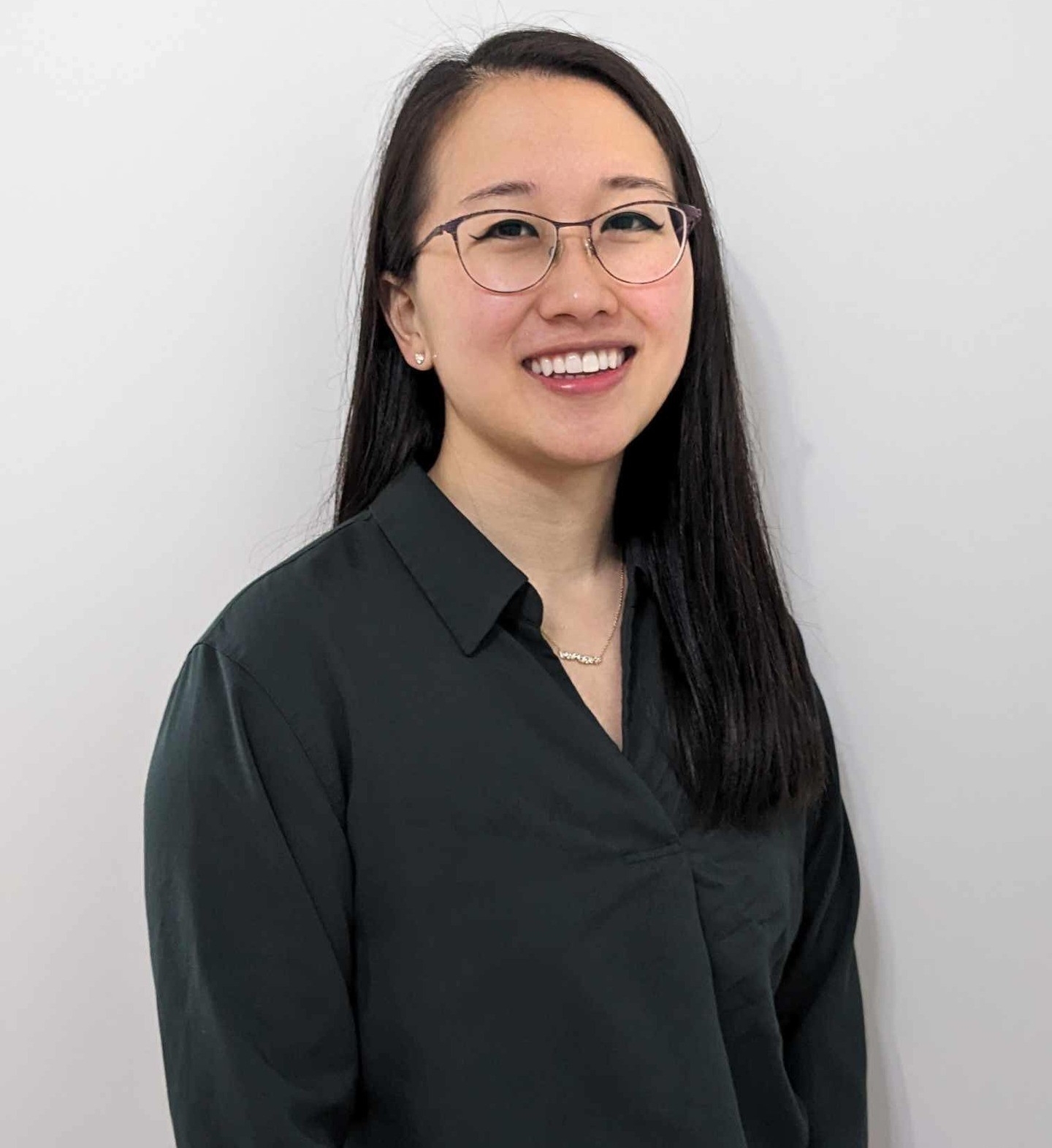Concordia alumna develops a new trauma-informed art therapy program for people with anorexia nervosa
 Jennifer Kar Wei Lee, MA 24
Jennifer Kar Wei Lee, MA 24
People with anorexia nervosa often view the condition as a close friend that they are hesitant to cut out of their lives, shunning therapy that might undermine their identity. There is evidence that anorexia nervosa can be caused by physical or emotional trauma in relationships, but most recovery programs prioritize family-based therapy and recovery programs generally have a success rate of only 50 per cent.
Jennifer Kar Wei Lee, recently completed her Master of Arts in Creative Arts Therapies (Art Therapy Option, MA 24) at Concordia. Seeing a gap in conventional treatments, Lee created a new art therapy program that uses attachment-focused and trauma-informed approaches. The aim is to help adolescents with restrictive anorexia nervosa strengthen their sense of self and find freedom from the controlling influence of the disorder.
Lee’s program presents an opportunity for partial hospitalization programs — where patients are medically stable and on the path to recovery — to offer a structured and thoughtful series of trauma-informed group art therapy sessions over ten weeks. Art therapy interventions are informed by the Expressive Therapies Continuum to create experiences and use that are mindful of their resemblance to food and to living with anorexia nervosa.
“We don't think about the development of anorexia nervosa from an attachment and trauma-informed lens enough,” explains Lee’s supervisor, Bonnie Harnden. “But it can be central to the development of an eating disorder. Jennifer’s thoughtful and thorough research brings a new and unprecedentedly wide look at how we can incorporate this into supporting those with eating disorders, helping those diagnosed and providing treatment to understand that having an eating disorder is a very particular kind of struggle.”
‘We need to tell the story in all kinds of different ways’
One thing that people with anorexia nervosa struggle with a lot is rigidity, Lee explains. “For a participant who needs more control in art making, very fluid paint might provoke a lot of anxiety at first, versus using pencils or pencil crayons. This gradually opens the doors to more anxiety-provoking materials, such as mushy clay that might remind people of certain foods, which allows for more expression and less rigidity.”
Art therapists running these sessions are responsible for creating a safe and predictable environment where participants are seen as people, not patients, and encouraged to express themselves as individuals that are not their eating disorder.
“We're understanding more and more that yes, talk therapy is very important, but we also need to tell the story in all kinds of different ways,” Harnden adds. “We need to tell the nervous system story. We need to tell the body story. Art, drama, music and play tell stories in incredible ways, but the expression itself also holds a kind of healing — a metaphor, meaning and depth that words can fail to capture. If we're only relying on talk therapy, we're really limiting the capacity to help people heal.”
Lee’s intervention plan is inspired by her own experience being hospitalized for an eating disorder as a teenager and being introduced to art therapy as part of her treatment. “I was able to witness firsthand just how powerful art therapy could be, how healing it was for me personally and how much it brings people together in a community.”
She describes art therapy as tapping into another language that people can use to express themselves.
“When you are in talk therapy for an eating disorder, it’s almost like the therapist is the villain because you want to keep that eating disorder self intact, and talking to a therapist threatens that. With art making, it's much harder to filter your emotions and it’s more natural to be fully expressive. As art therapists, we do not interpret what our clients make; they have autonomy and control over their creations.”
Since completing her degree, Lee has moved to Ottawa, where she is practicing as a professional art therapist and Registered Psychotherapist (Qualifying) and continues her work on attachment, trauma and eating disorders. She hopes to work in a hospital or clinical setting and is passionate about engaging with children and youth.
To learn about art therapy or participate in a session, discover the Concordia Centre for the Arts in Human Development and the Concordia Arts in Health Centre.